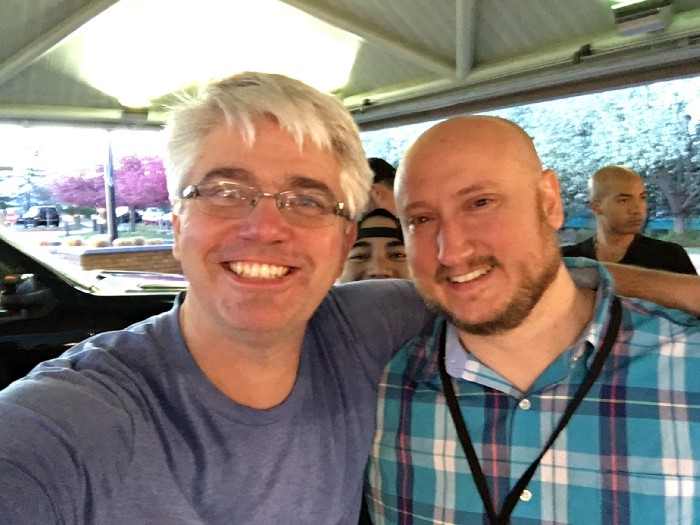I was on vacation with my family. The morning of the third day as we were traveling to my in-laws I received an email with a mandatory company meeting. My only solution was to call in via a conference call. I called it one of the most toxic and unhealthy environments. What we endured over the next hour was pretty intense, all based on one man?s leadership.

These types of meetings are common. A leader has a choice between creating an unhealthy environment that kills creativity or creating an environment that stimulates creativity, to choose between demoralizing their employees or building them up and encourage them towards growth. One path leads to failure and the other will lead to success.
The foundation is to define what success means. Society has defined success based on results. Results are defined by the amount of revenue generated or by the accolades received. The caution is to avoid the trap of creating an image that appears successful but breeds an unhealthy environment. True success is defined through growth and transparency. True success is also defined: as meeting the needs of those that are following. This can only be done within healthy environments. This is what makes a healthy environment critical to your success as well as the success of your company.
There are so many things that leaders have no control over and yet attempt to control them anyway. Leaders often are so focused on controlling the result they neglect the environment that achieves these results. There are so many examples of teams and companies that have overcome challenges that seem insurmountable or challenge that has stopped many before. The leader was able to create an environment that fostered an overcoming attitude and here are some of the traits that are key to their success in creating a healthy environment.
Open and clear communication channels
Jack Welch is well known for turning GE around from near disaster and one of the first things he put in place was the open channel of communication with those that are on the front lines. There is a clear choice between surrounding yourself with individuals that will only agree with you or with those that will continue to challenge your growth. One of the key elements for both personal and business growth is to know and understand what is happening on the front lines.
One of the keys to healthy communication is to remove the judgmental attitude that permeates a toxic environment. When those on the front lines have the freedom to speak about what challenges they are facing and the adjustments within the market the leader has the ability to make decisions that will allow for a healthy environment and positive growth.
Building a purposeful culture
Culture is built on three pillars: vision, mission, and core values. Creating this foundation is simple but not easy. Vision is a clear picture of what the future will be. Vision is creating a picture of what your company will be doing in the next two years, five years, or ten years. The mission is how you will create this vision of the future. It is the plan the business will act upon and implement. Core values are the guidelines, the boundaries that will guide your daily actions. Core values are about finding those things that you are unwilling to compromise, it is the line that you and your company will not cross.

Culture is like a child. Your business culture will grow and develop with or without your attention. The key is to be intentional about how the culture develops. Here is the step by step:
- Create the foundation on which you build the culture.
- Create your plan.
- Take action. Implement the plan that you have in place.
- Be consistent with the action.
Adapting the Growth Mindset.
Dean Graziosi told a story of two business owners, both owning a food service business at the beginning of what we know as COVID. One business closed down accepting the situation as something that could not be changed. They stopped all their service and laid off their employees. The other business decided to adjust its approach. They built an outdoor drive-through and created some outdoor seating spaces to safely and yet effectively continue to sell to customers. The first business entered the next several months just attempting to survive and in reality, they are struggling to find a positive way forward. The second business entered the next several months finding the opportunities and new growth. They are finding customers needed a new way to purchase and enjoy the services. Fast forward into 2021, one business looks back blaming the government, the virus, or the customers’ fear which ended their business. One is looking at the incredible opportunity that was presented to them and referring back to 2020 as the most explosive growth year.
Carol S. Dweck, Ph.D. discusses the difference between a fixed mindset and a growth mindset in her book Mindset. Developing your growth mindset accepts and embraces challenges. A growth mindset is learning from the setbacks and the critics and adjusting to do better. Jim Rohn calls this ?setting the sail?. The goal is to learn how to set the sail to take advantage of whichever wind will blow upon us.

Healthy environments will change the trajectory of our company. Having a healthy environment will create a more satisfying workplace, it will increase the production of the company, and create a positive customer experience. Not only will you see the change in your personal life, but you will see changes in your employees and company.






